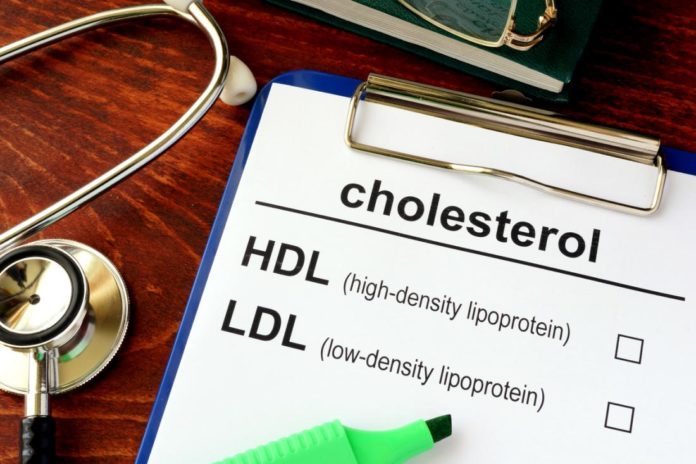With regards to ensuring one’s heart, high-thickness lipoprotein cholesterol – or HDL – has long had a notoriety of being the “great” cholesterol, contrasted with the “awful” cholesterol – LDL (low-thickness lipoprotein).
Yet, new research recommends that there could be excessively of a “decent” thing. High blood levels of HDL cholesterol may really be terrible for you. The exploration connected it to a higher hazard for heart assault, and even demise, among patients who as of now had heart issues or who confronted a higher danger of creating coronary illness.
The discoveries depend on an about four-year following of cholesterol levels and coronary illness among almost 6,000 men and women.”Historically, HDL cholesterol, or ‘great’ cholesterol, is believed to be defensive at abnormal states for cardiovascular sickness and passing,” said examine lead creator Dr. Marc Allard-Ratick, who’s with Emory University School of Medicine in Atlanta. “Notwithstanding, our investigation shows this may not be the situation and, truth be told, larger amounts might be destructive.”
The examination was done as a component of the Emory Cardiovascular Biobank. By and large, the members were 63 years of age and around 33% were ladies. Their HDL levels went from a low of under 30 mg/dL to a high of more noteworthy than 60 mg/dL of blood.
Through the span of the examination, 13 percent of the patients showed at least a bit of kindness assault or kicked the bucket from a cardiovascular reason.
At the investigation’s end, the scientists reasoned that patients with HDL levels in the center scope of the range – importance between 41 to 60 mg/dL of blood – fared the best, having the most minimal hazard for heart assault or demise from coronary illness.
Conversely, those with HDL readings underneath 41 or over 60 confronted a particularly expanded hazard for both wellbeing results, showing what the analysts called a “U-formed” hazard design.
In particular, patients with HDL levels surpassing 60 were found to have a 50 percent more serious danger of coronary illness demise or heart assault, contrasted and those in the center range, the specialists reported.The discoveries held up even in the wake of representing a patient’s history of diabetes, smoking, drinking and LDL levels. Race and sexual orientation likewise didn’t seem to influence the discoveries.
Dr. Gregg Fonarow is chief of the Ahmanson-UCLA Cardiomyopathy Center and co-executive of the UCLA Preventative Cardiology Program in Los Angeles. He said that “research from UCLA set up over two decades prior that HDL cholesterol could – in specific people (counting those with large amounts of HDL) and in specific conditions – be broken and star fiery,” and add to narrowing of the supply routes.
“In others words, the alleged ‘great’ cholesterol as far as cardiovascular hazard could go ‘awful’ and be related with overabundance chance,” included Fonarow, who was not part of the group behind the new examination.
Allard-Ratick recognized that different investigations have uncovered a comparative HDL issue among individuals who don’t generally confront a high hazard for coronary illness. Be that as it may, he said the new investigation is the first to reveal a similar worry among individuals who are as of now at high-chance for cardiovascular entanglements, regardless of whether “the system behind this discovering stays hazy.”
Also, he stated, one “astounding part of the investigation was that this relationship between large amounts of HDL and expanded danger of death or cardiovascular malady was seen all the more usually in ladies contrasted with men.”As to what may constitute a hazardous HDL edge, Allard-Ratick said that the hazard affiliation “likely happens at (HDL) levels surpassing 80 mg/dL, and maybe considerably higher in ladies.”
Fonarow said various earlier investigations have discovered that when contrasted with those with all the more decently high HDL levels, individuals with “high” HDL levels – meaning an edge of 90 mg/dL or progressively – seem to confront a more serious hazard for coronary illness.
So what should concerned patients do?
Allard-Ratick said that “as the reason for this discovering stays vague, the fitting administration isn’t known as of now. Patients with high HDL cholesterol should keep on addressing other modifiable hazard factors -, for example, hypertension, smoking and corpulence – to decrease cardiovascular malady.”
The discoveries were exhibited Saturday at the European Society of Cardiology meeting, in Munich, Germany. Research displayed at gatherings ought to be viewed as primer until the point when it has been distributed in a companion looked into medicinal diary.
